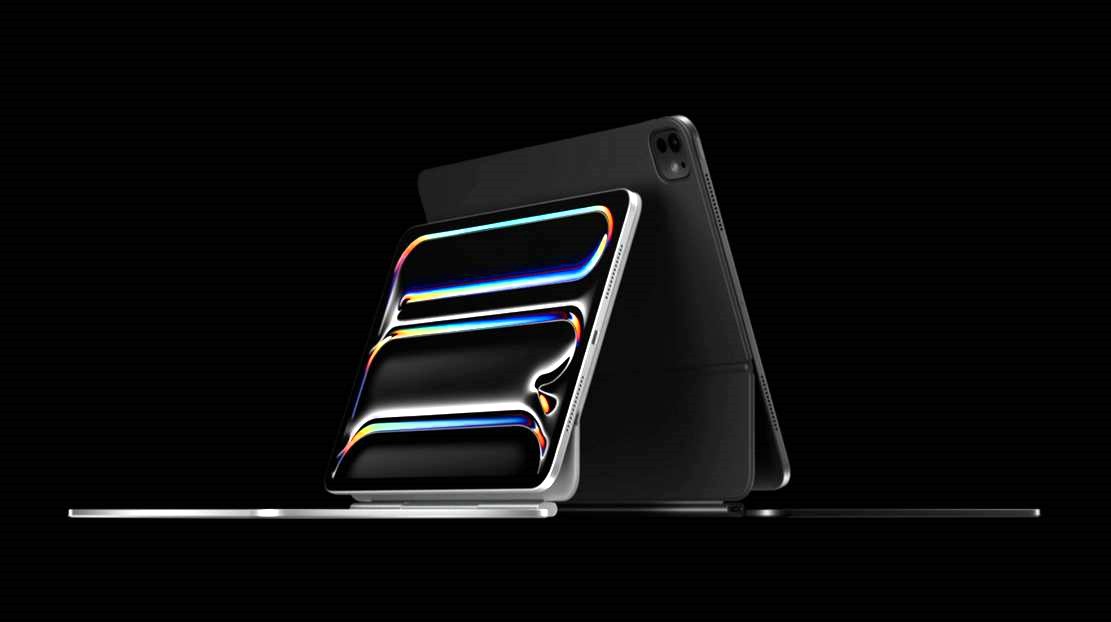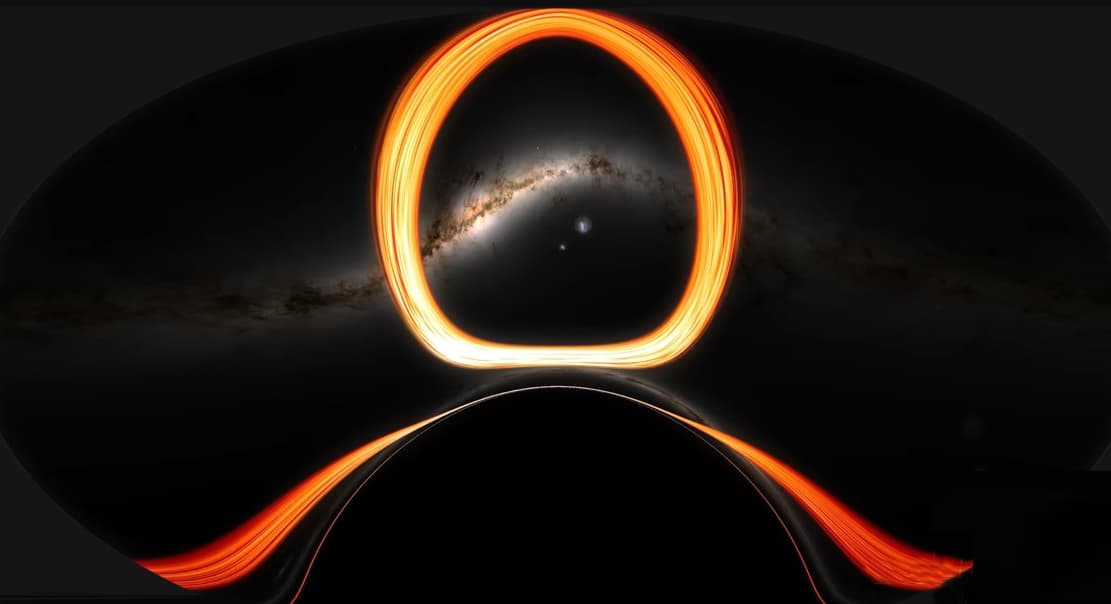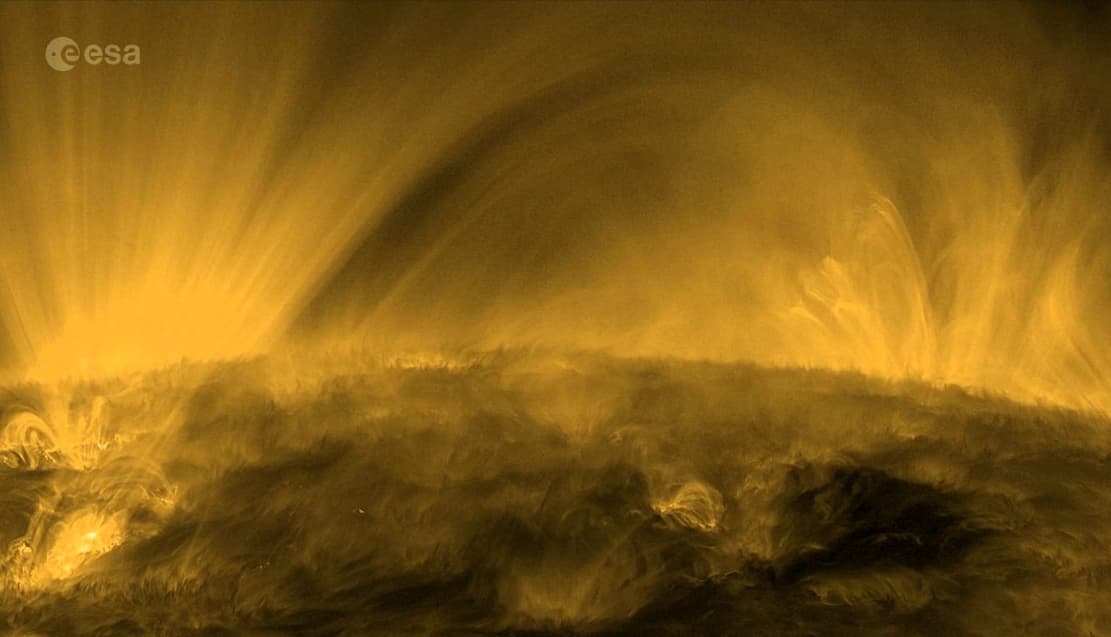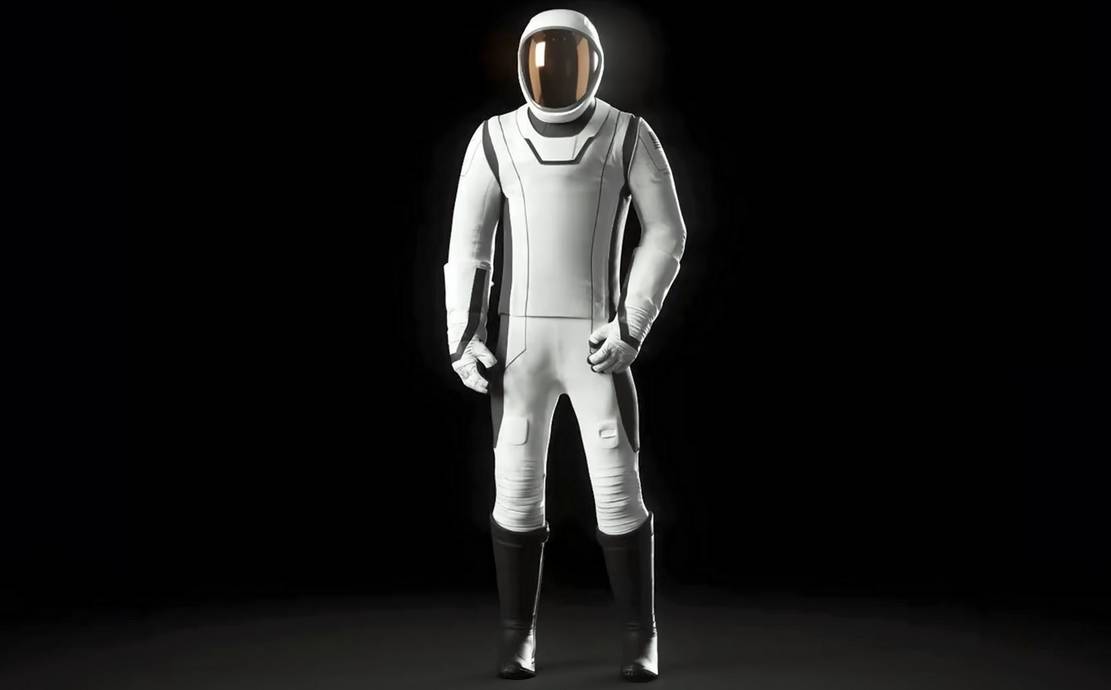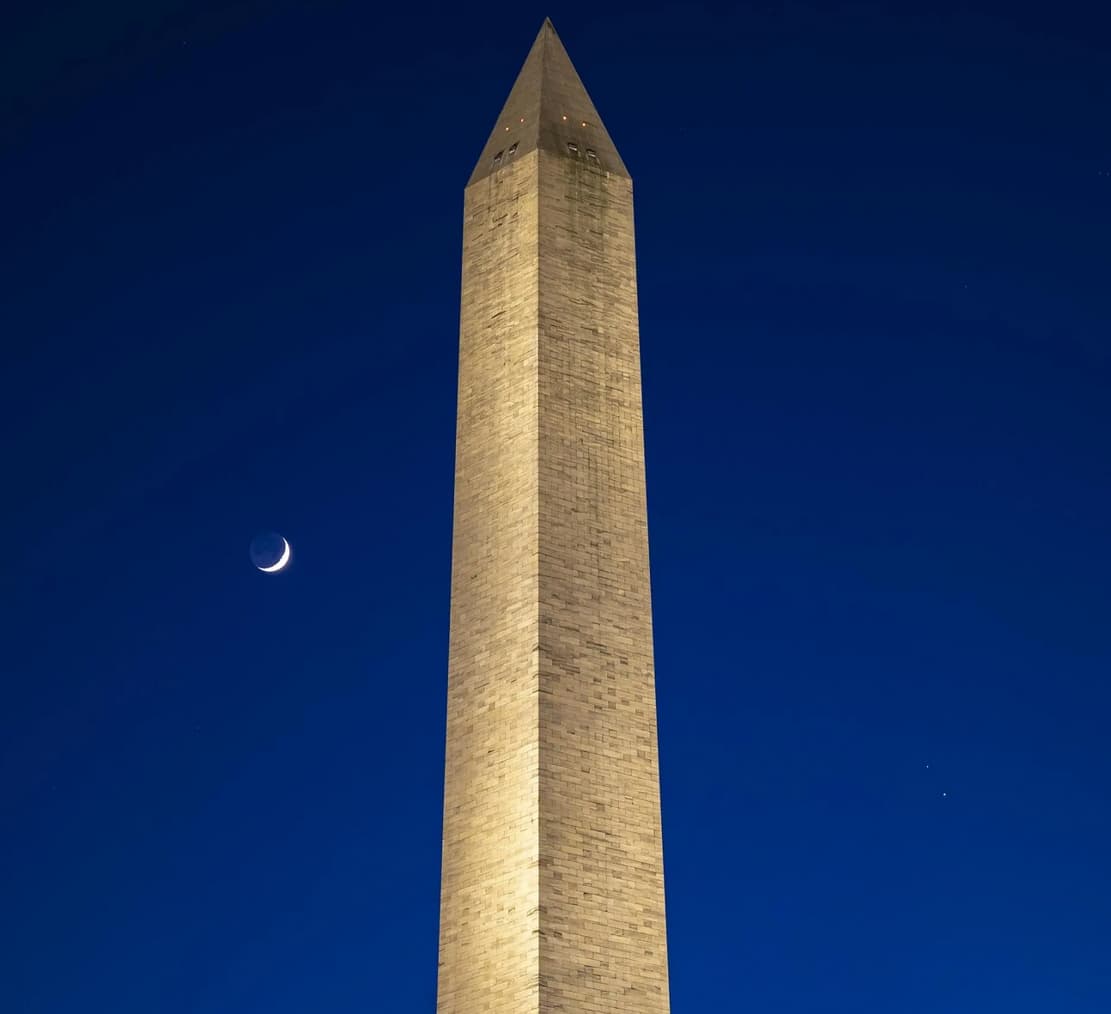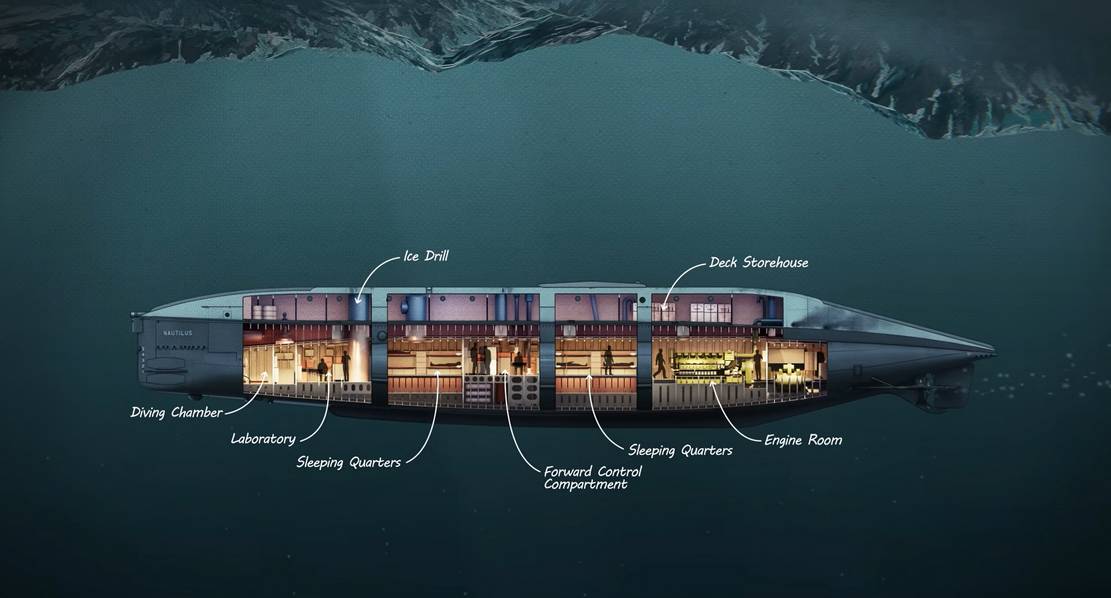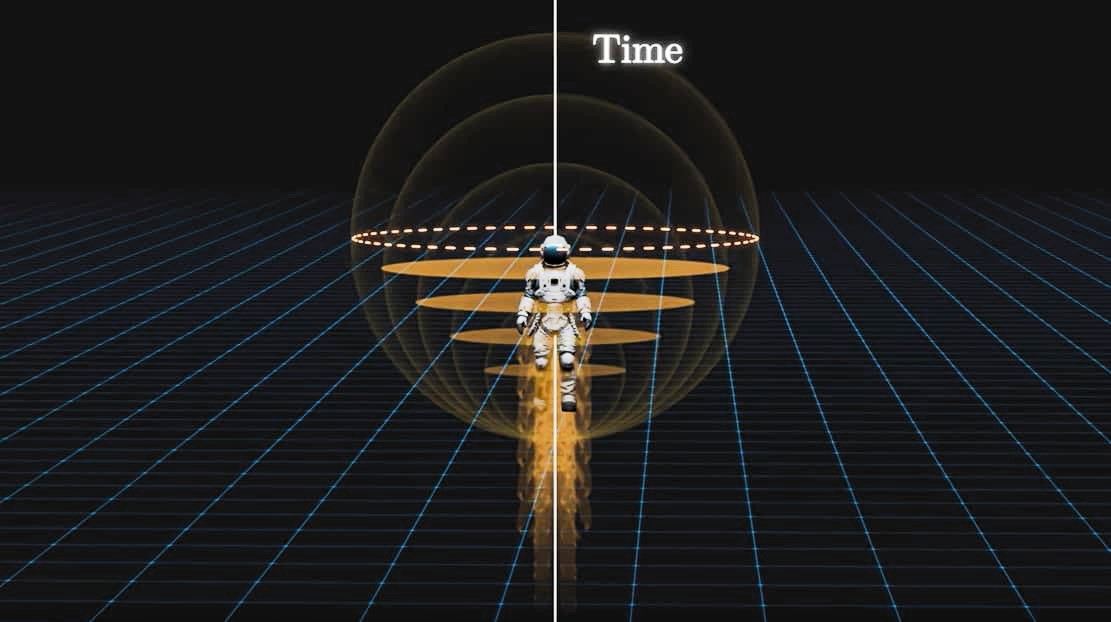World’s First Hydrogen-Powered Superyacht
The world's first hydrogen-powered superyacht, Project 821, hits the high seas, is 390 feet long, and will cost approximately $646 million.
Apple iPad Pro Event in 7 Minutes
Apple iPad Pro event in 7 minutes. Apple introduced a slew of new iPads, companion accessories, and more...
NASA Simulation’s Plunge Into a Black Hole
A new immersive visualization made by NASA's supercomputer shows what happens when a camera, pretending to be an adventurous astronaut, gets too close to a supermassive black hole.
The Sun’s Corona in Exquisite Detail
This video shows the Sun's corona in exquisite detail, captured by ESA's Solar Orbiter spacecraft.
Pininfarina – Wayne Enterprises Hypercars
In celebration of Batman's 85th anniversary, Pininfarina - Wayne Enterprises introduces the 'Capsule Collection', inspired by Bruce Wayne's refined tastes and global experiences.
The new SpaceX Extravehicular Activity Suit (EVA)
The new SpaceX Extravehicular Activity Suit (EVA) will be used by the Polaris Dawn crew about 700 kilometers above Earth for the first-ever commercial astronaut spacewalk.
The Moon, Jupiter and Saturn
Up in the sky after sunset on December 17, 2020, in Washington, you'd see the Moon on the left, Jupiter and Saturn on the right.
What Happened to the Nautilus?
What happened to the Nautilus and its expedition under the North Pole?
Something Strange Happens when you Follow Einstein’s Math
Something strange happens when you follow Einstein's Math. He was wrong about black holes, what else?
Pivotal Helix Single-Seat eVTOL
Pivotal introduced the Helix single-seat eVTOL aircraft designed to make flying a reality for everyone with a sense of adventure.


